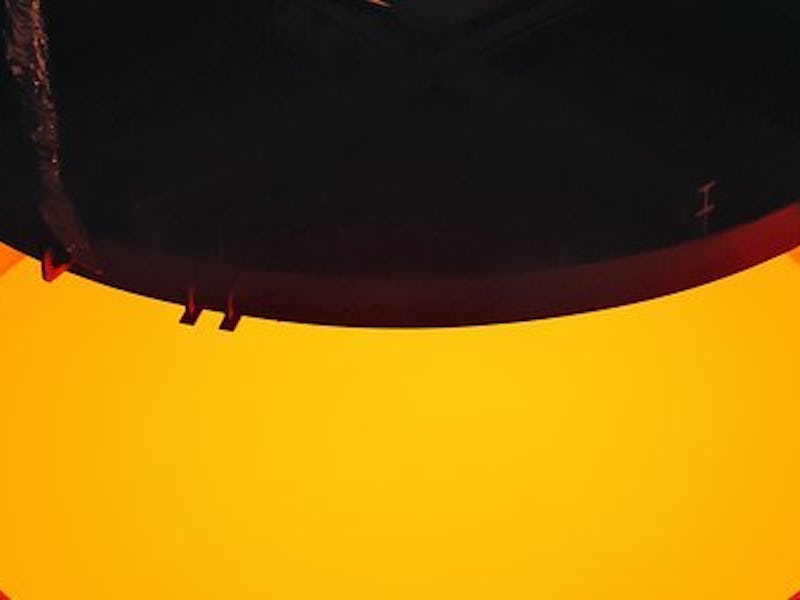The latest technological feat by the European Southern Observatory is an optical/near infrared telescope that will be the world’s “biggest eye on the sky.”
The cleverly named Extremely Large Telescope (ELT) will be almost half the length of a soccer field at approximately 128 feet in diameter and will sit atop Cerro Armazones, a 10,000 foot mountain in Chile. The ELT will provide 13 times more light than the largest optical telescopes. It has around 256 times the light gathering area of the Hubble Space Telescope in orbit and will provide images that are 16 times sharper than Hubble’s.
The completed design will have a large dome encasement to allow the telescope to position itself whether it be opened or closed with complete freedom. It will also have a huge windscreen to prevent it from direct exposure to the elements. The telescope itself will have five mirrors, three of which will be curved and sit on an axis while the other two will be nearly flat and will fold to adapt to the light and correct for atmospheric distortions. The secondary mirror is nearing completion now.
The secondary mirror will cool and form for about a year.
To make the secondary mirror, which is about 13 feet in diameter, a glass-ceramic material known as Zerodur was cast in a giant oven where it was shaped and formed.
Loading the still glowing hot cast ELT secondary mirror onto a truck trailer at SCHOTT melting facility in Mainz, Germany in May 2017.
Then the cast was loaded onto a semi, still piping hot, and hauled from Mainz, Germany where it was cast to the SCHOTT annealing facility, also in Mainz, where it will be rotated at a slow speed as it melts and cools into its curved form over the next year.
The 3.5 ton mirror was hauled cross-country.
When this process is complete, the 3.5-ton mirror will be shipped once again to France where the cast will be ground, refined, and polished to unveil a flawless convex mirror.
SCHOTT Crew determining the temperature of the cast to make sure it is annealing properly.
The ELT will be used to search for exoplanets in distant solar systems, and hopefully ones that look a lot like Earth. It may even be strong enough to characterize their atmospheres and search for water. ESO hopes to use the telescope to find early-stage planets and locate photoplanetary discs that signify their young age.
The one billion-dollar design is expected to be completed by 2024.
